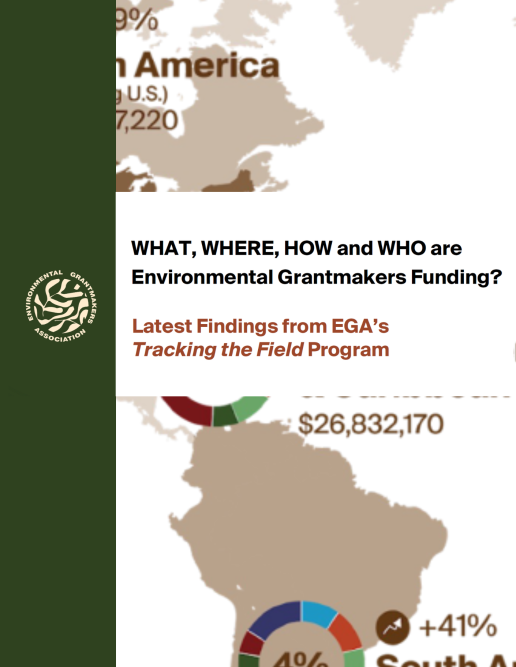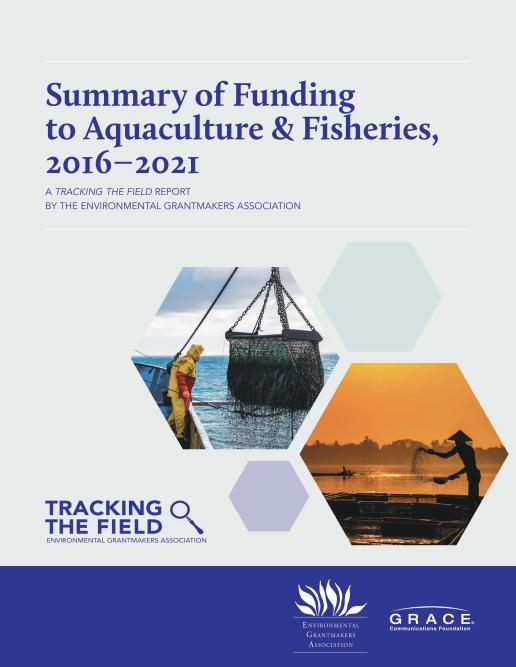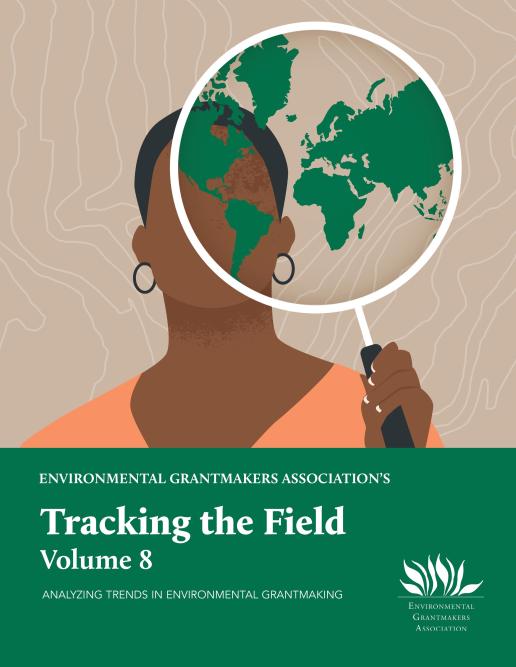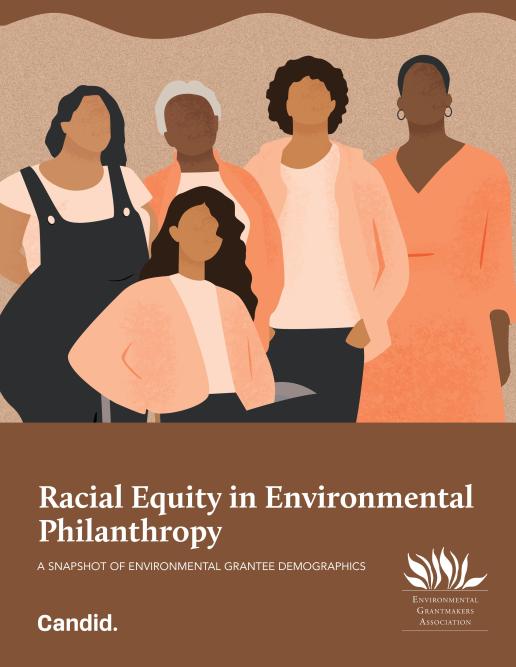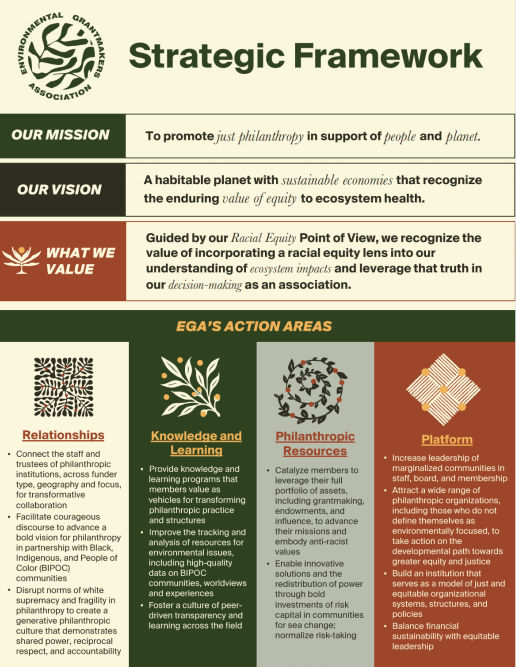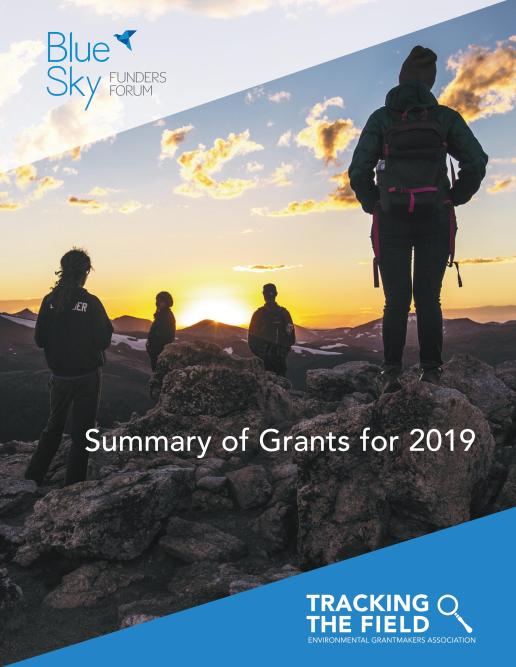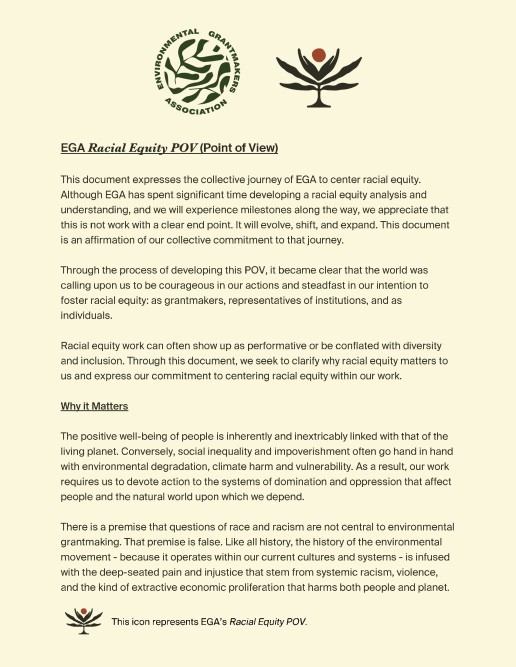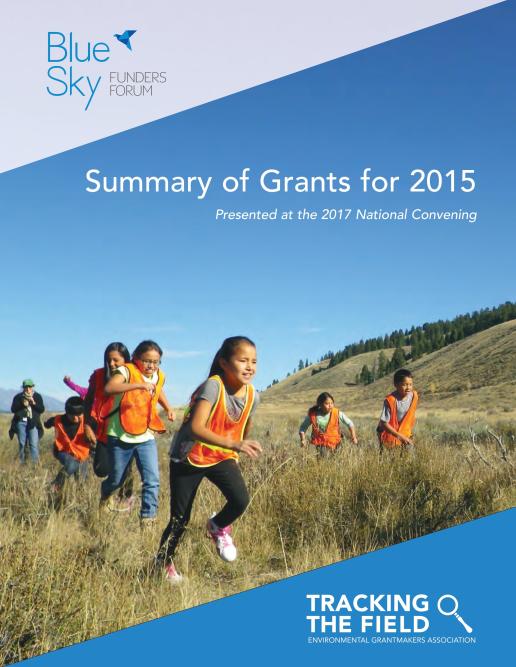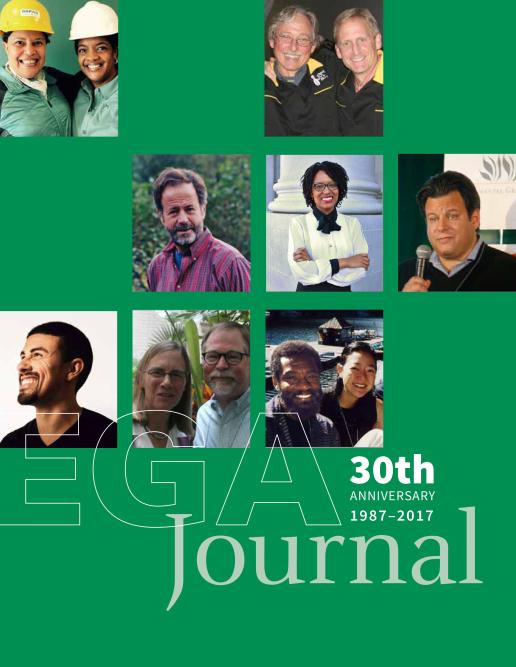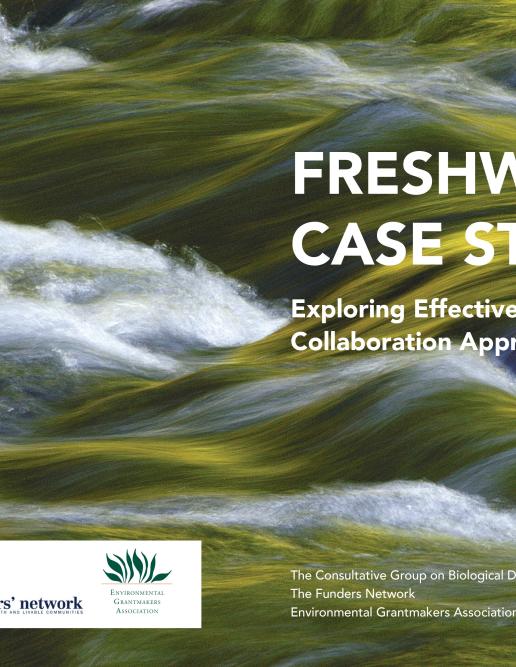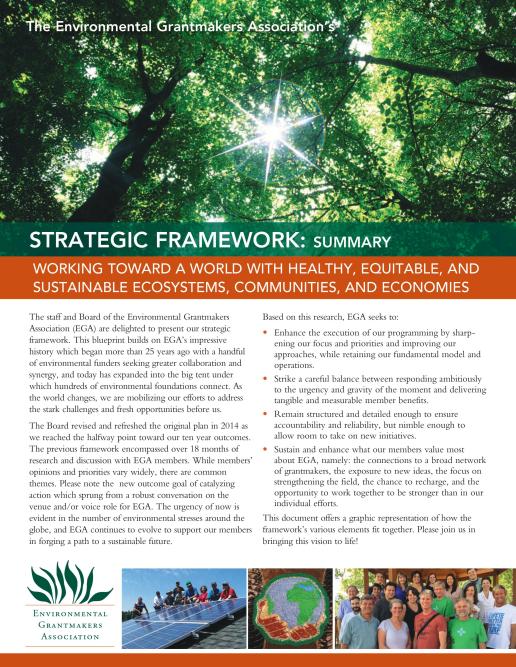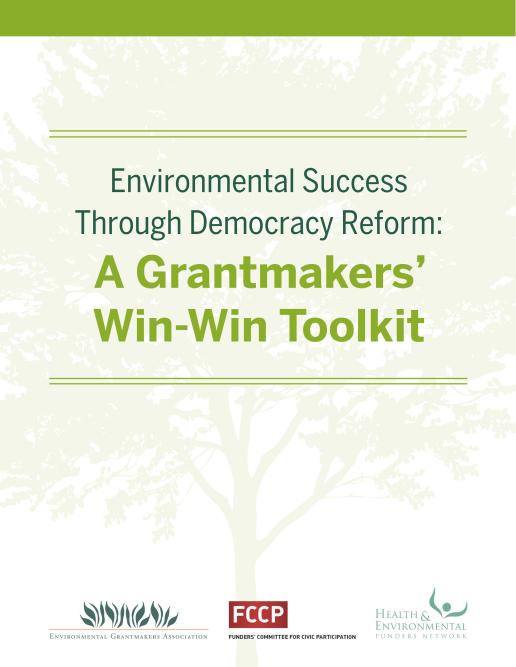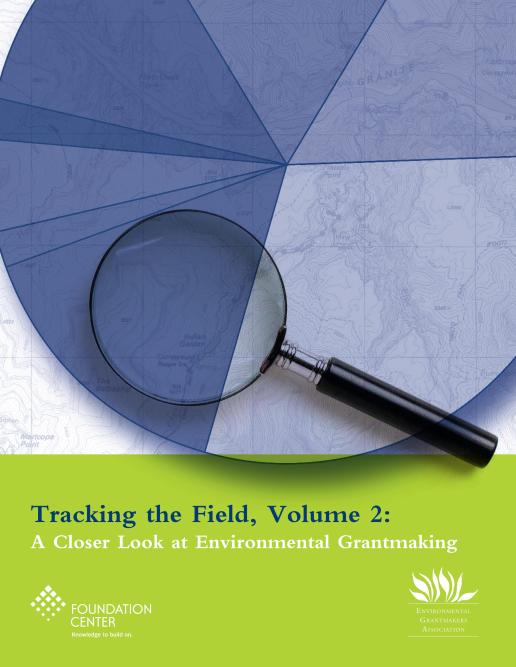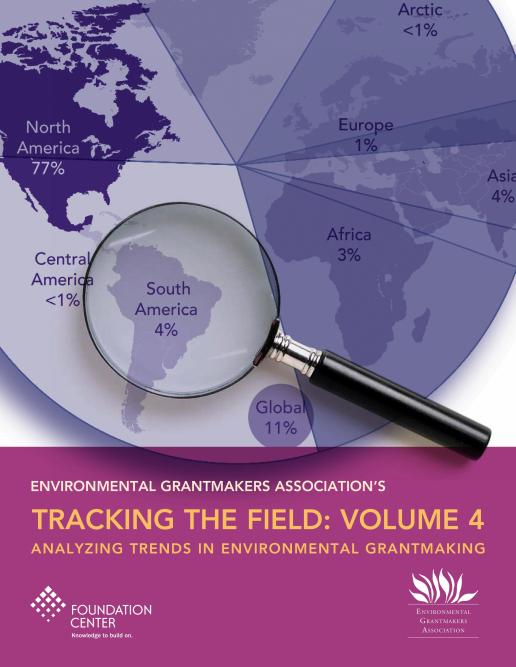We invite you to investigate EGA's refreshed Strategic Framework.EGA’s Strategic Framework is our action plan to utilize the tools we have in hand—the programming, data, communications, and relationships—to shift towards the future. It is based on board and member feedback to actively uplift Black, Indigenous, and People Of Color’s leadership in the global environmental movement. The framework complements our Racial Equity POV which is a guide for how to do this work equitably.The Strategic Framework will enable bold investments and facilitate systems change. EGA identified the following outcomes to achieve our ultimate goal of a just world with sustainable communities, economies, and systems:EGA member institutions have a network of peers dedicated to transformative learning, accountability, and courageous action.Staff and trustees of EGA member institutions work equitably with BIPOC leaders to inform their investments.EGA member institutions are bold and capable change agents, facilitating a transformation of their own organizations and the field of philanthropy.EGA member institutions strategically position those impacted to advance environmental solutions and innovations that respect the dignity and liberation of all people. They move systems and structures towards justice, promote inclusive and regenerative economies, and advance healthy ecosystems.EGA member institutions move resources with strategies and processes shaped by the expertise and ideas of communities who bear the burden of extractive economies, structural racism, environmental degradation, and climate change.Explore the Strategic Framework.

